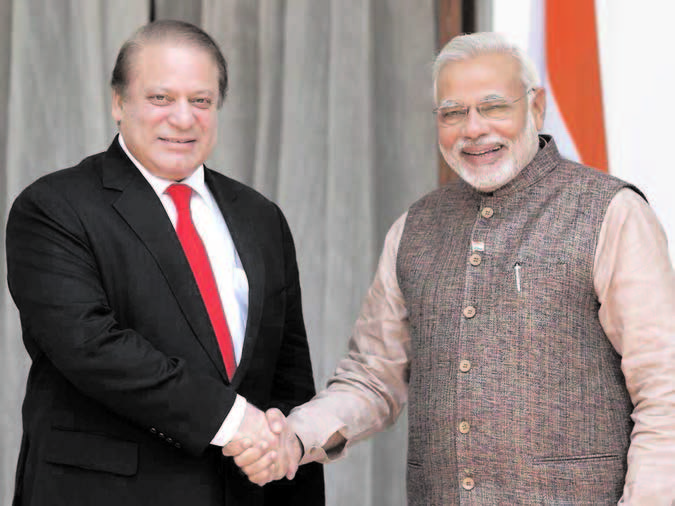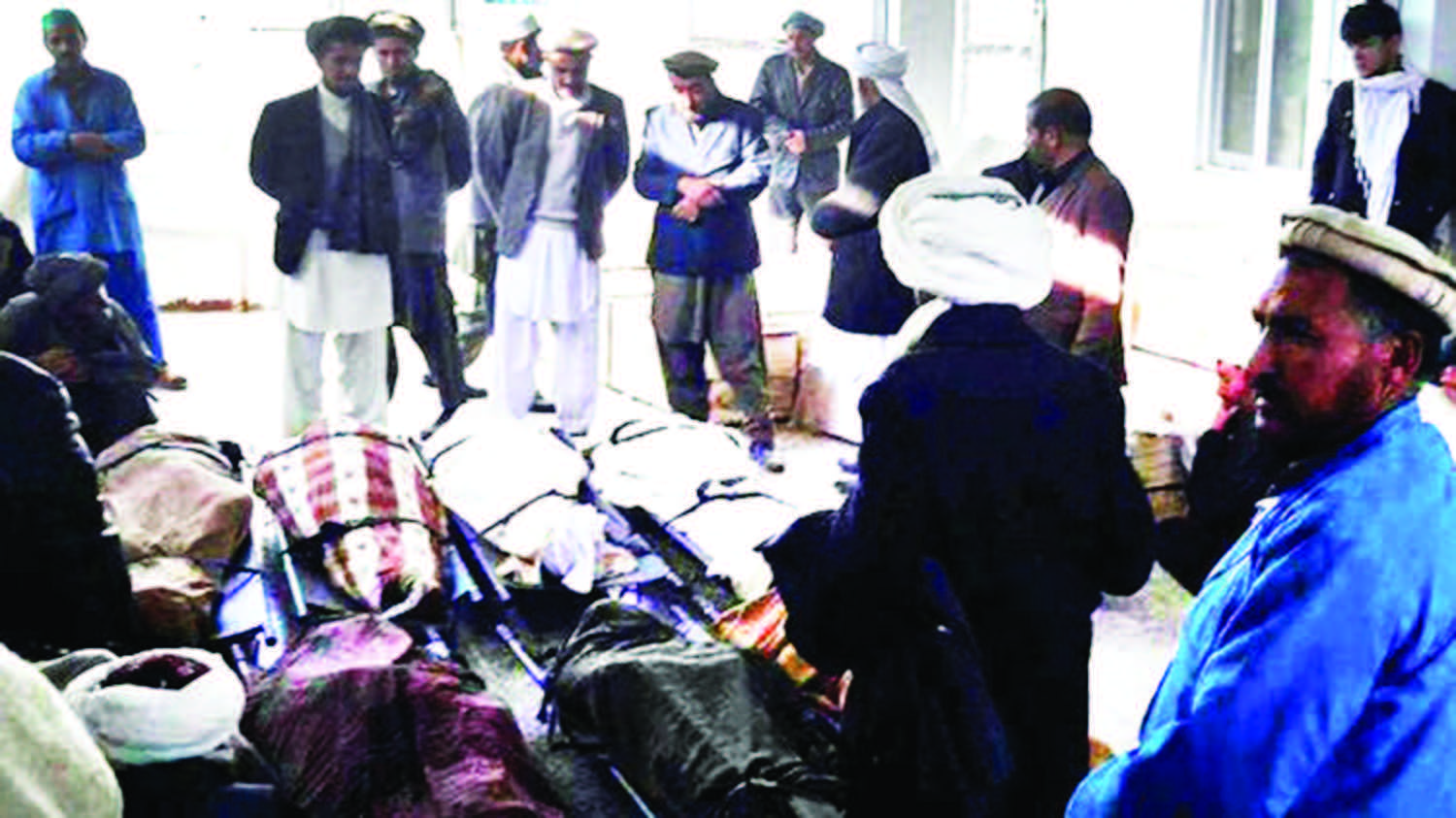BAMIYAN, AFGHANISTAN (TIP): Trudging halfway up a jagged goat trail, guide Mohammad Ibrahim extolled the panoramic view — a vast, ancient landscape of russet-hued cliffs that is on the frontline of Afghan efforts to jumpstart warzone tourism. Bamiyan — famous for empty hillside niches that once sheltered giant Buddha statues that were blown up by the Taliban — is a rare oasis of tranquility that has largely been spared the wrenching conflict that afflicts the rest of Afghanistan.
Once a caravan stop along the fabled Silk Road, the central Afghan city was recently named this year’s cultural capital of South Asia, igniting hopes of restoring its place on the global tourism map. One obstacle, however, remains: Bamiyan is hemmed in by war. Figuring out how to get to the ancient city –endowed with stunning landscapes but wedged between volatile provinces — itself is a challenge.
But that doesn’t stop Ibrahim, head of the local tourism association with a penchant for Indiana Jones-style straw hats, from making his sales pitch. “Bamiyan has caves with the world’s oldest oil paintings, the country’s first national park and during winter it’s home to Afghanistan’s only ski slopes,” he said, sounding like a walking tourism brochure. Hiking up to the ruined ramparts of Shahr-e-Gholghola — the City of Screams, which was destroyed by Genghis Khan in the 13th century — Ibrahim stopped to catch his breath and picked up a spent bullet shell from the ground, one of many Soviet-era casings that litter the windswept trail overlooking the sandstone cliffs and snow-clad pyramids of the Hindu Kush range.





Be the first to comment